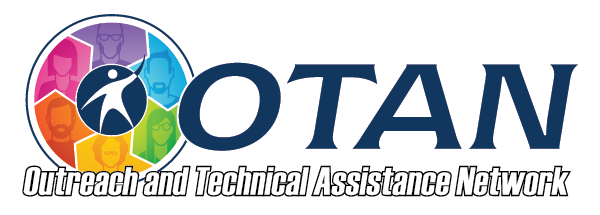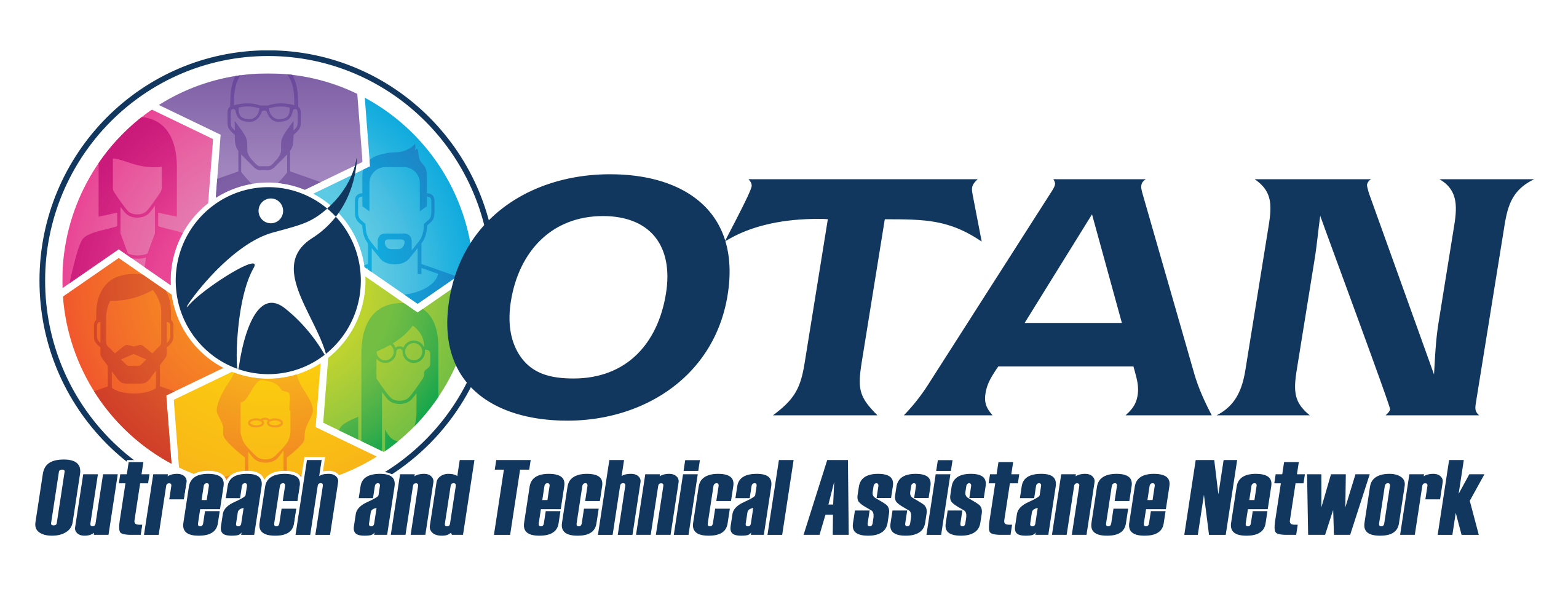Search
Simple English Wikipedia
Details
Activity Description
Use this version of the online encyclopedia Wikipedia, which uses basic English vocabulary and shorter sentences, to search for articles you can use for supplemental reading in class or have students use the site to gather information for assignments, such as writing reports, oral presentations, and projects.
Preparation
- Make sure that the Web site is not blocked at your school before using it with students.
- Preview the site.
- If you plan to have students use the site individually for research purposes in a computer lab setting, make sure that there are entries for the terms you plan to have students search.
How-To
- Open the Example Web site (above).
- Type what you are searching for in the text box and select the Search button.
- The result is a text entry with hyperlinks (blue text that when clicked goes to other pages), sometimes a clickable table of contents (to avoid the need for scrolling), images, and a list of hyperlinks to related pages. If there is a link next to Wikimedia Commons in the lower right, there are multimedia related to the entry. Select the link to see the multimedia.
Teacher Tips
- Simple English Wikipedia is not as robust as Wikipedia. If you do not find what you are looking for on this site, use the main Wikipedia site , which has more than four million articles, and audio for some words in some entries (select the speaker icon).
- Sister projects of Wikipedia include the following (scroll down on the Simple English Wikipedia homepage for links):
- In Simple English
- Wiktionary (dictionary and thesaurus in simpler words)
- Commons (media)
- Wikispecies (directory of species)
- Wikidata (data and statistics
- in Regular English
- Wikinews
- Wiktionary (free dictionary)
- Wikiquote (collection of quotations)
- Wikibooks (free textbooks and manuals)
- Wikisource (free-content library)
- Wikiversity (free learning resources)
- In Simple English
More Ways
- On the left tool panel under Print/export, there are options for printing out articles. With the Make a book book creator you can create a book containing wiki pages of your choice. You can export the book in different formats (for example PDF or ODF) or order a printed copy. Just select the Start book creator button. Near the top of the Wikipedia page in the Book Creator banner, select Add this page to your book. Once you have some pages in your book, select the next link, Show Book. A Manage your book page will open. Give the book a title, subtitle, chapters (optionally), and select Download to have a PDF file of the book for printing, or choose from the drop-down Format menu for other types of files.
- Also under Print/export, you can get a single wiki page in a PDF file for download by selecting Download as PDF. When the rendering is finished, select the Download the file link. To print directly from your browser, select “Page for printing, then select the link after "Download the file..."
- The articles on the wiki pages are translated into several languages. Select a language on the left tool panel under In other languages.
Program Areas
- ABE: Adult Basic Education
- ESL: English as a Second Language
Levels
- Intermediate Low
- Intermediate High
- Advanced

